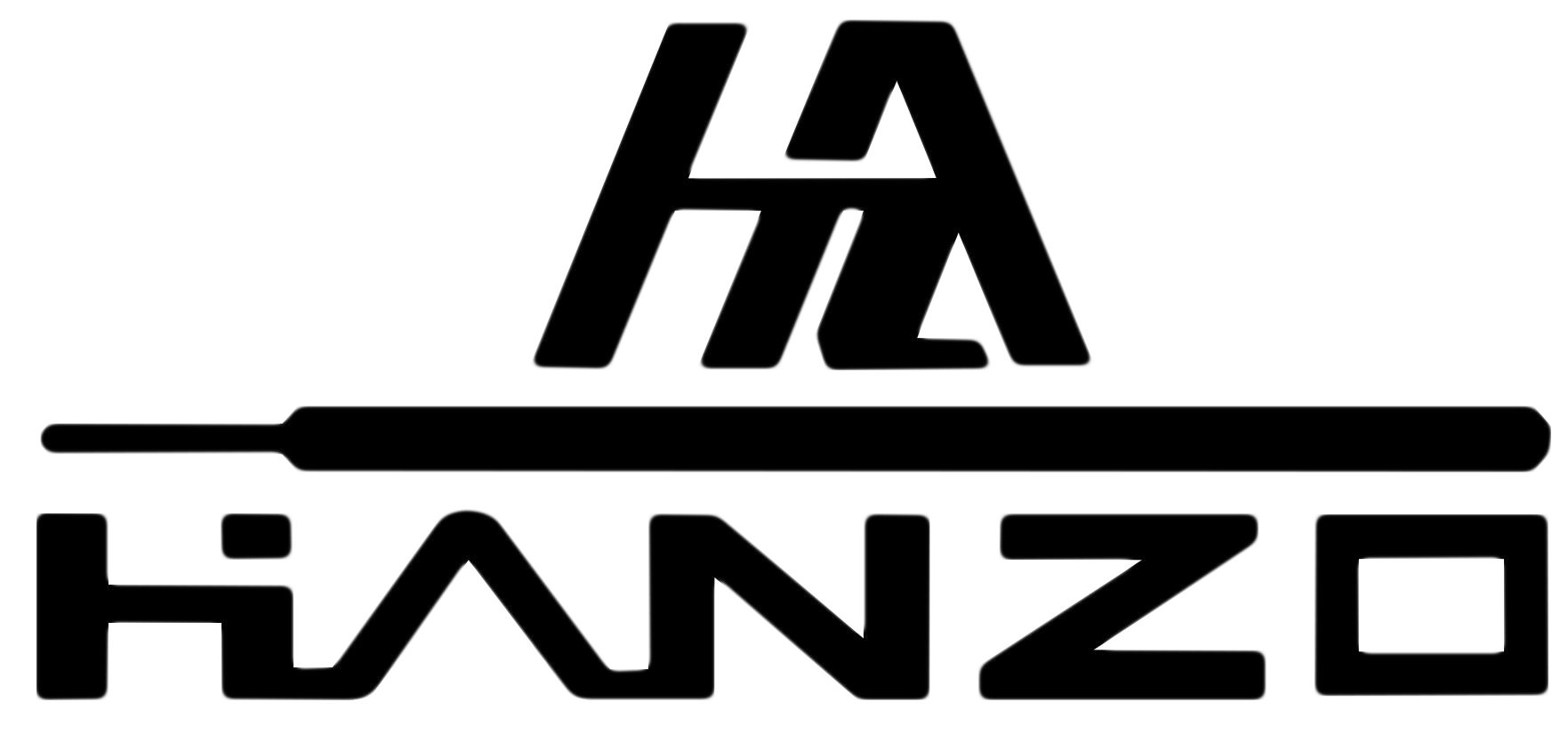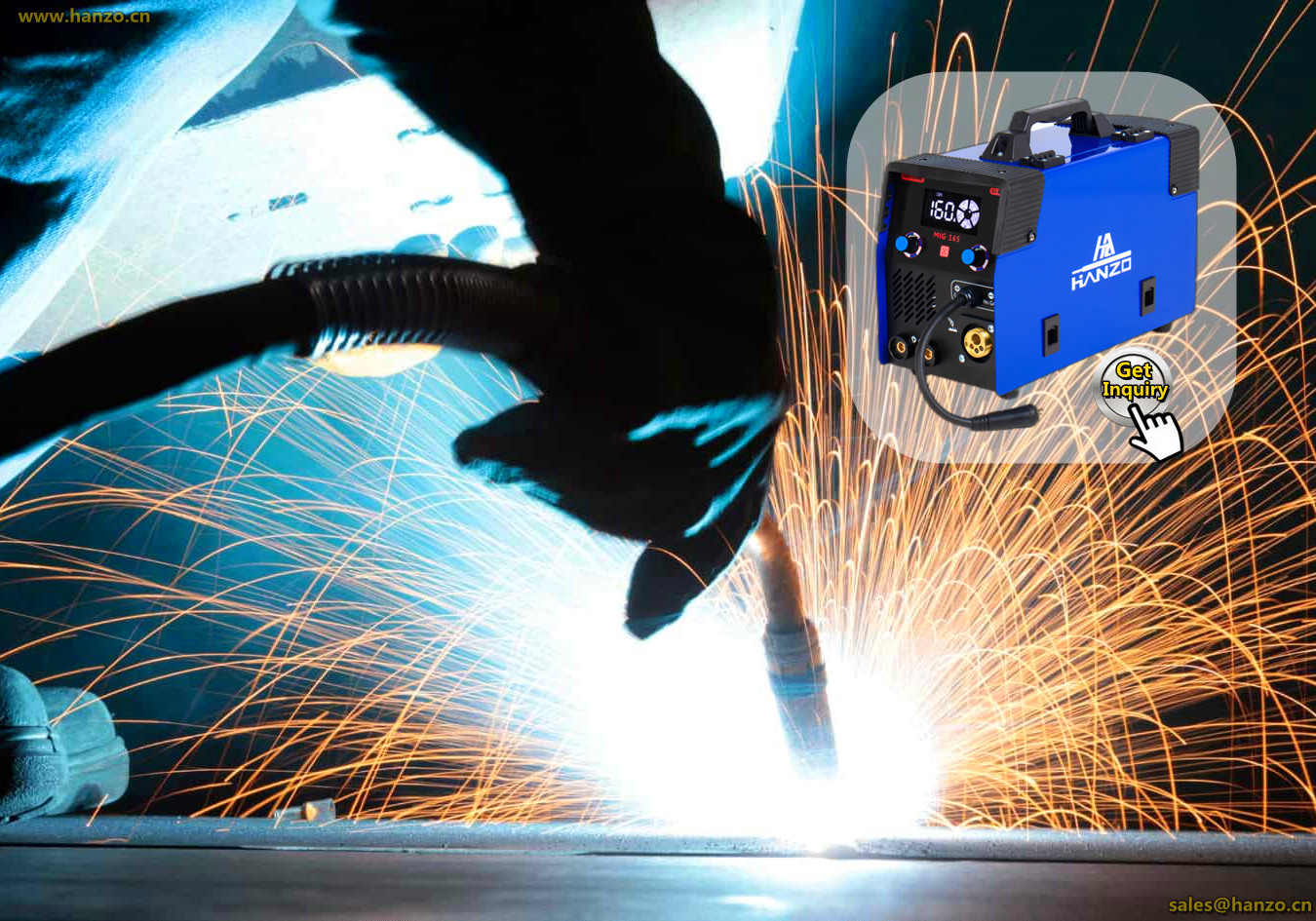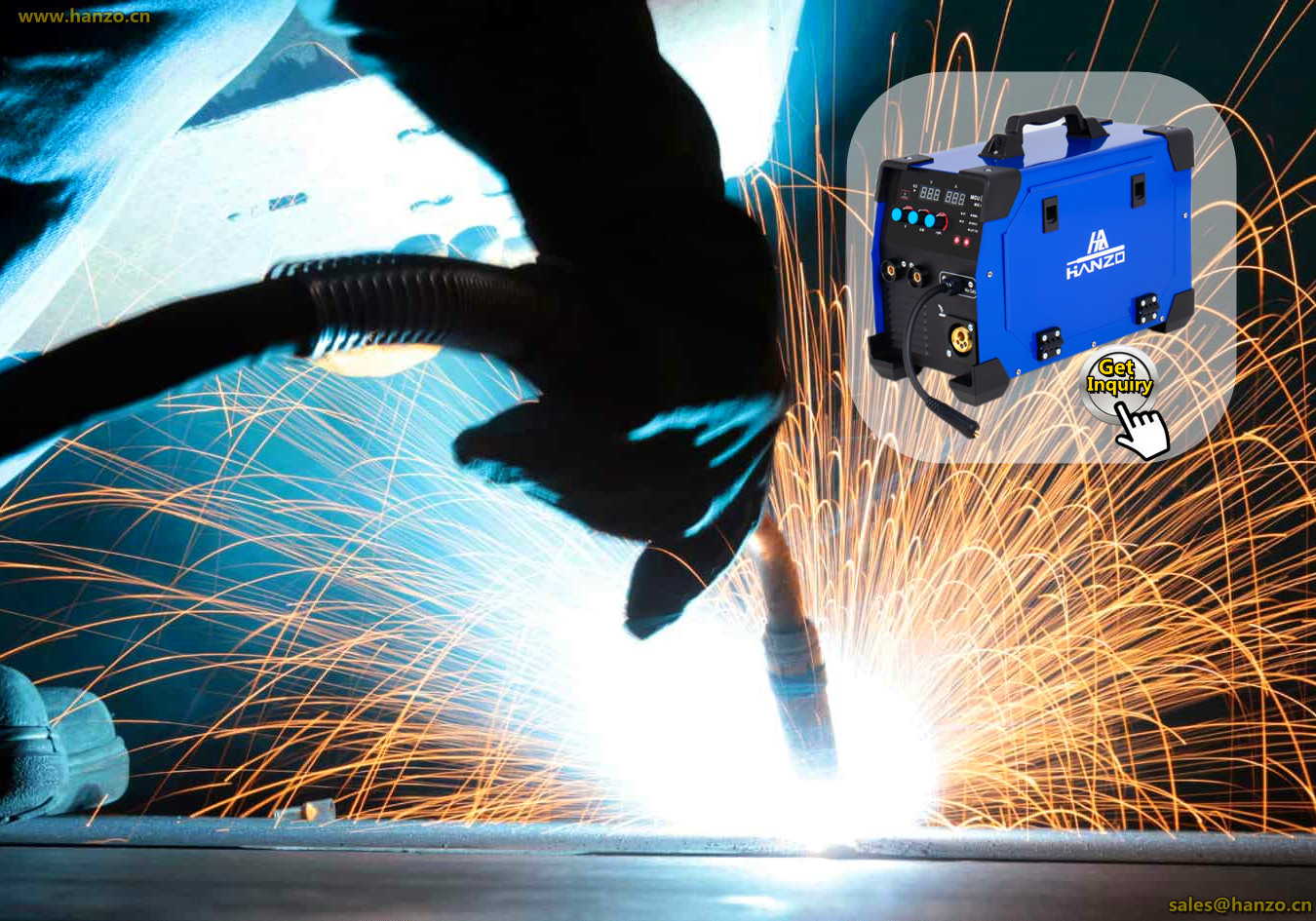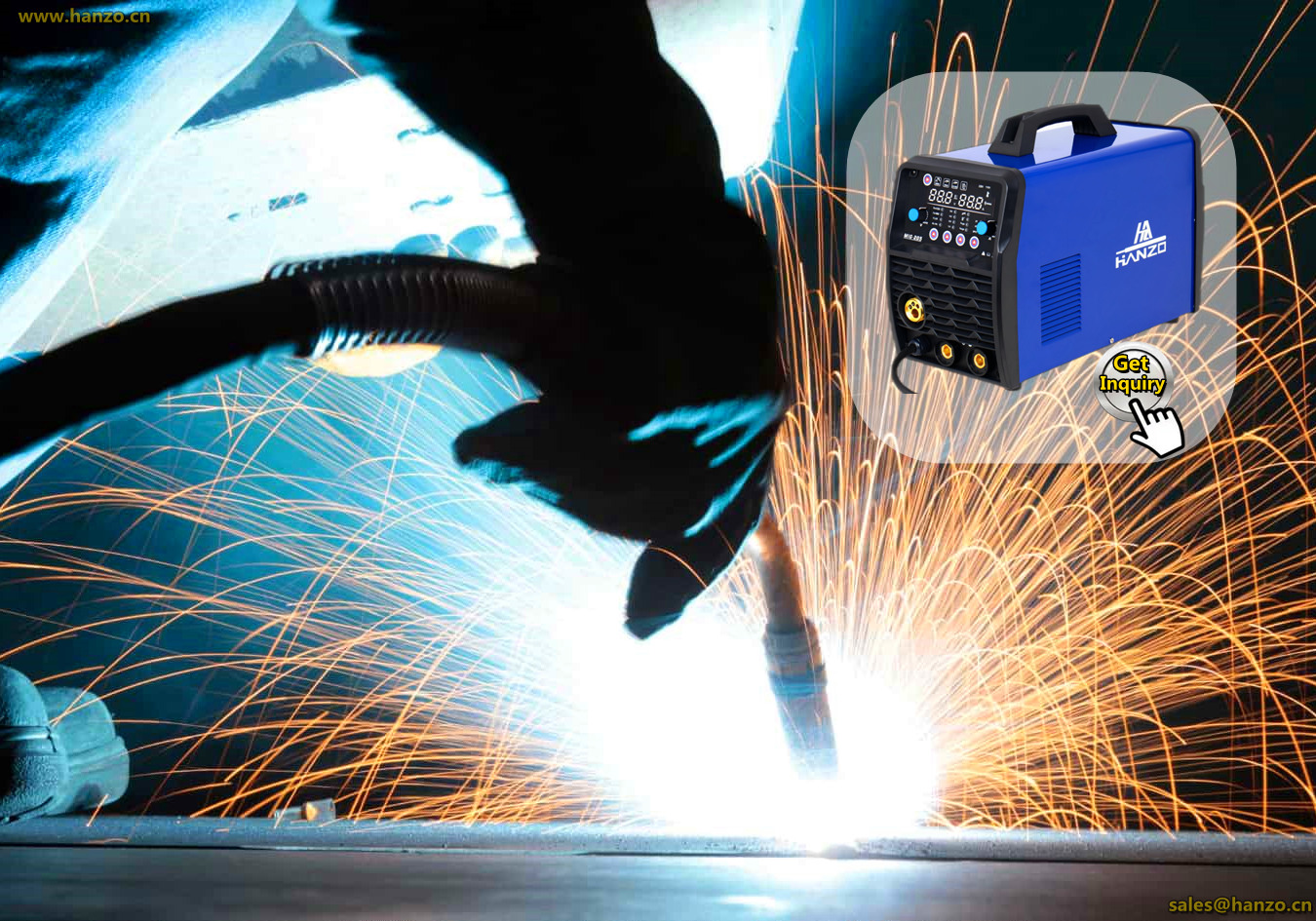
Mon. To Sat. 8:30-17:30
info@hanzo.cn
The compatibility of welding wire and base metal is crucial to welding quality.
The choice of welding wire directly affects the strength, toughness, and corrosion resistance of the weld.
Therefore, in-depth understanding of the relationship between welding wire and base metal,
and selecting the appropriate welding wire before welding is essential to ensure welding quality.
The selection of welding wire for MIG welding is contingent upon the specific type of metal sheet being welded.
The wire's composition, diameter, and shielding gas composition significantly impact weld quality.
For carbon steel, solid wires such as ER70S-6 are commonly used with a shielding gas blend of argon and carbon dioxide.
Stainless steel welding necessitates the use of stainless steel wires like ER308L, paired with pure argon or a gas mixture.
Aluminum alloys require aluminum alloy wires and pure argon as the shielding gas.
The choice of welding wire is influenced by factors including the base metal's chemical composition,
the welding position, and the desired mechanical properties of the weld.
The welding current directly correlates with the thickness of the metal sheet that can be effectively welded.
Generally, a higher welding current is required for thicker sheets.
For thin sheets ranging from 0.5mm to 2mm, welding currents between 10A and 50A are typically sufficient.
Medium-thickness sheets of 2mm to 6mm can be welded with currents between 50A and 150A.
Thick sheets exceeding 6mm usually require welding currents between 150A and 350A.
Factors such as wire diameter, welding voltage, welding speed, and shielding gas flow rate influence the relationship
between welding current and sheet thickness.
It is imperative to note:
The provided data serves as a general guideline, and actual welding parameters may need adjustment based on specific application requirements.
Insufficient welding current can lead to incomplete fusion and porosity, while excessive current may result in burn-through and significant weld deformation.
The performance characteristics of different MIG welder models vary.
Before undertaking MIG welding, it is strongly recommended to thoroughly review the welder's user manual and consult with a welding expert.
For more in-depth information on MIG welding, refer to comprehensive welding handbooks,
technical documentation provided by welding equipment manufacturers, and online welding forums.
|
|
|
+86-13923298312 info@hanzo.cn New Lighting Source Industry Zone B3, Luocun Town, Nanhai, Foshan, Guangdong, China. 
|







